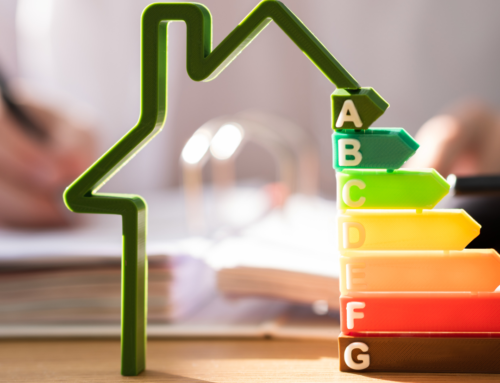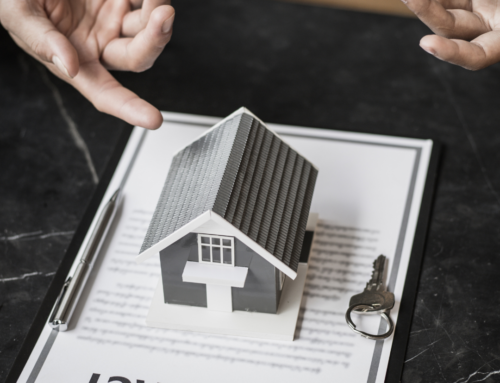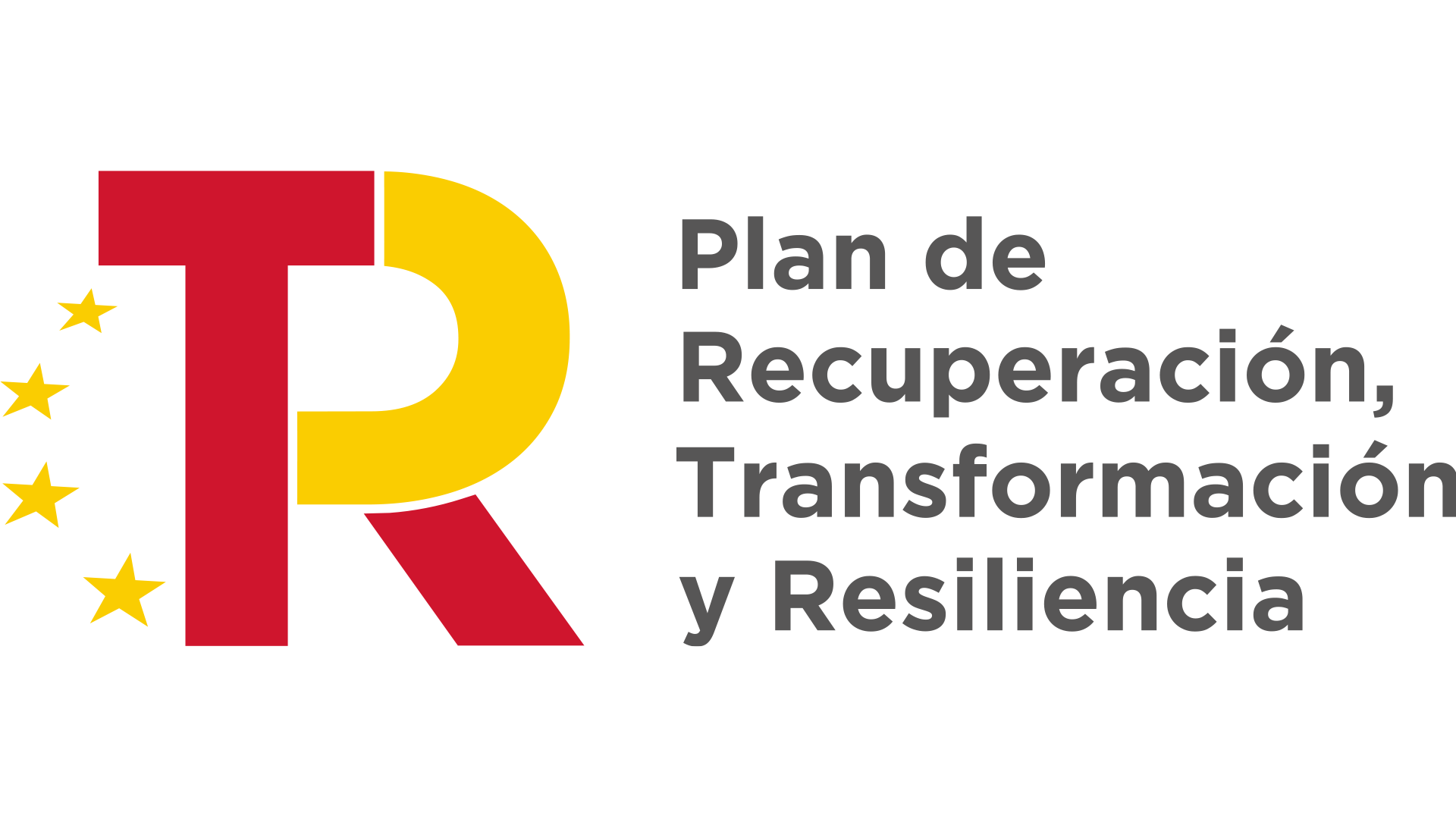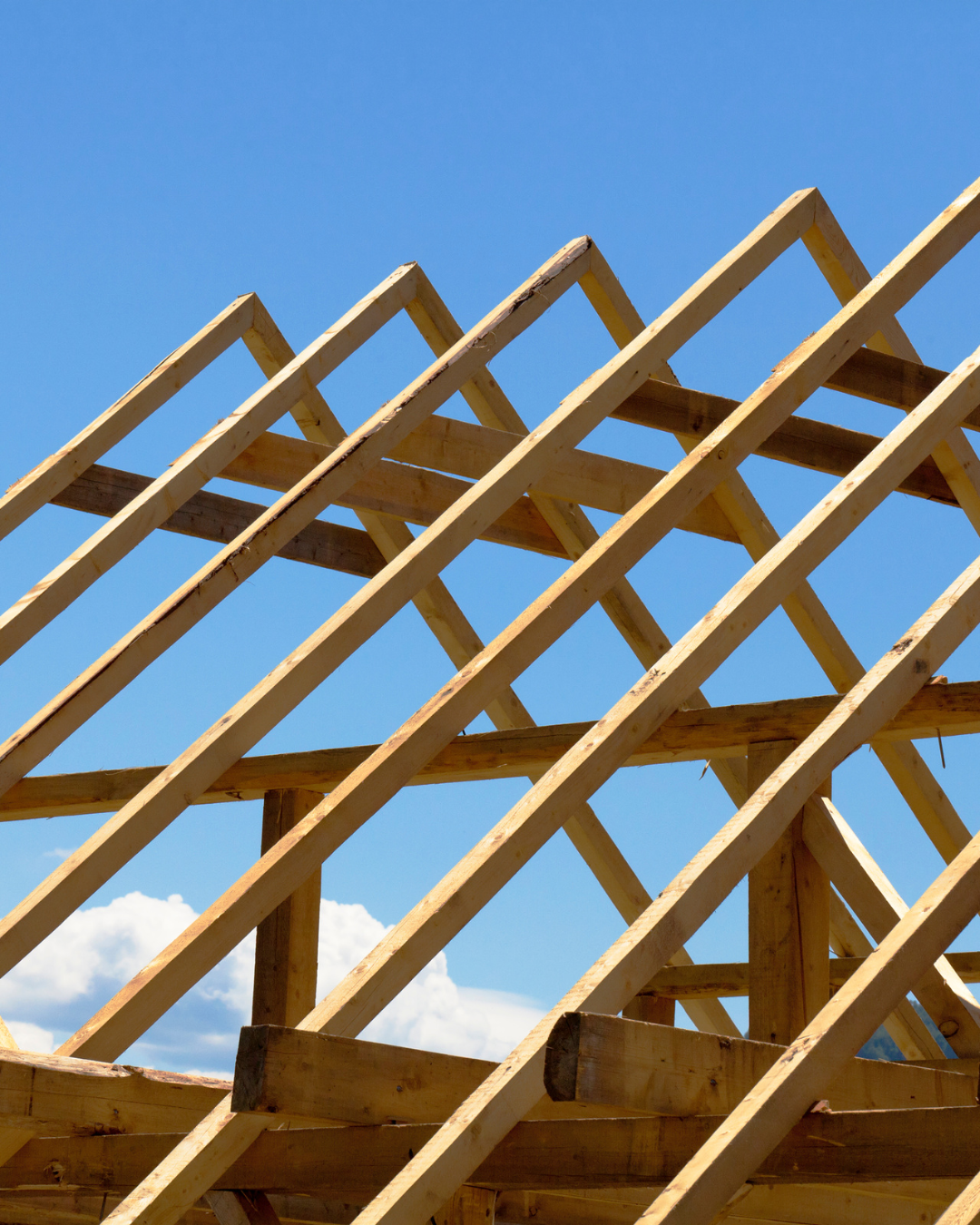
Resilient Housing in Barcelona: A Necessary Reflection in a Complex World
In the face of global uncertainty and growing challenges such as climate change and geopolitical instability, thinking about the resilience of our homes is no longer optional, but essential. Especially in Barcelona, where its urban and geographical characteristics require close and responsible attention.
Key Features of a Resilient Home in Barcelona
1. Strategic Location
- Avoid risk areas: such as flood-prone zones or steep slopes.
- Access to essential services: hospitals, supermarkets, pharmacies, etc.
- Good transport connections: bearing in mind they may collapse during emergencies.
- Proximity to open spaces: useful for well-being, gathering points or temporary evacuation.
2. Safe and Efficient Construction
- Robust structure: using materials like reinforced concrete or steel.
- Durable and fire-resistant materials: to withstand extreme events.
- Good thermal and acoustic insulation: reducing energy dependence and increasing comfort.
- Double or triple glazed windows: for greater safety and efficiency.
- Secure closing systems: such as reinforced doors and shutters.
3. Equipment for Self-Sufficiency
- Alternative energy sources: like solar panels with storage batteries.
- Water storage and filtration system: to handle supply interruptions.
- Cross ventilation design: avoiding sole dependence on mechanical systems.
- Emergency lighting: with flashlights, candles or autonomous systems.
- Basic communication system: like battery-powered radios in case mobile networks or internet fail.
4. Storage Capacity
- Space for emergency supplies: non-perishable food, water, medicines, warm clothes, blankets, etc.
- Organized storage: for easy and quick access to resources.
5. Adaptability and Potential for Renovation
- Multi-use spaces: adaptable to changing emergency needs.
- Preparedness for additional systems: such as solar panels or water filters.
- Structural reinforcement: especially in older buildings to enhance resistance.
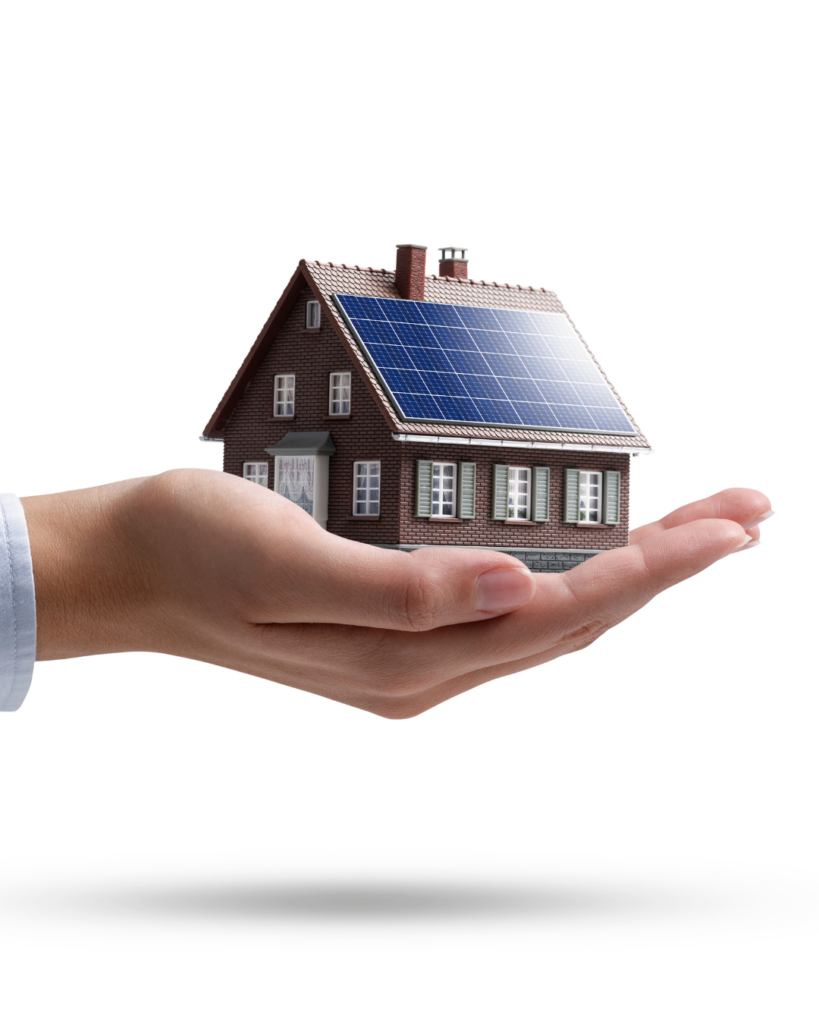
Factors to Consider When Buying a Home in Barcelona
When purchasing a home in the city, beyond traditional factors (price, location, condition), consider:
- Building age and construction regulations: newer buildings often meet stricter standards.
- Material and finish quality: better durability and strength.
- Maintenance history: lower risk of structural or system failures.
- Energy certification: more efficient and less reliant on external supplies.
- Risk information of the area: consult authorities or urban planning reports.
- Organized neighbor community: crucial for emergency management.
The Role of Real Estate Professionals
In this context, real estate agents must play an active and committed role:
- Inform about risks and resilience: knowing vulnerable areas and features that provide safety.
- Advise on renovations: to enhance the property’s resilience.
- Disseminate information on regulations and public aid: related to energy efficiency and safety.
- Act with transparency: being honest about potential risks in the environment.
- Raise awareness among clients: on the importance of resilient housing.
- Collaborate with experts: such as architects, engineers and specialized technicians.
Conclusion
A resilient home is not only a smart investment but also a long-term tool for safety and well-being. In Barcelona, this requires a combination of strategic location, solid construction, autonomous equipment, storage space and adaptability. Real estate professionals must integrate these criteria into their advice, helping create safer and better-prepared homes.


